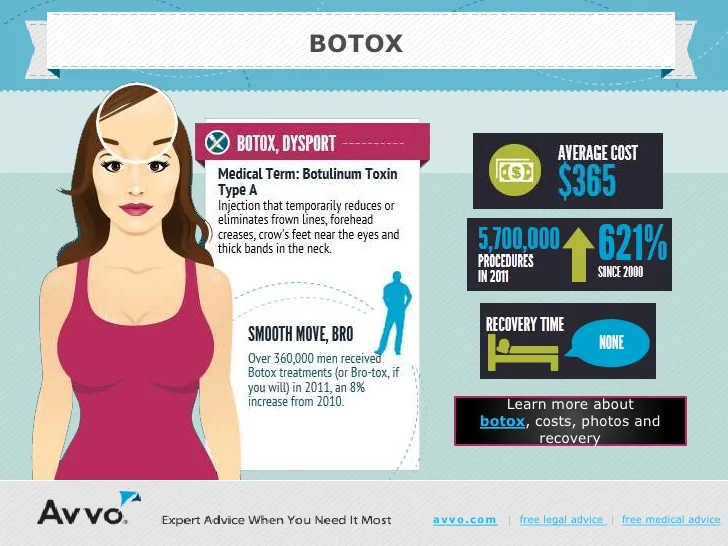Hormone acne is defined by stopped up pores and oily skin that typically shows up on the chin and jawline. It takes place when hormone changes trigger swelling and microbial overgrowth within hair follicles.
Breakouts might look like whiteheads, blackheads, papules or pustules and cysts or blemishes in extra severe cases. It is much more typical in teenagers experiencing the age of puberty yet can affect grownups of any kind of age.
What Causes Hormone Acne?
While acne can be brought on by a variety of factors, including using hair and skin care products that aren't oil-free or made with components that might block pores, genetic tendency, diet plan,2 and tension, the source is changing hormonal agents. Hormone acne happens when the body experiences hormonal modifications and changes that cause an overflow of sebum, which triggers inflammation, enhanced growth of germs and modifications in skin cell activity.
Hormonal acne is frequently discovered on the lower jawline, cheeks and neck but can appear anywhere on the body. It is characterized by blemishes that are cystic, unpleasant and filled with pus or various other product. It is likewise most likely to happen in ladies than men, especially during puberty, the menstruation, maternity or menopause.
Age
While several children experience acne eventually throughout adolescence, it can continue to plague adults well right into the adult years. Called hormone acne, this type of breakout is tied to fluctuations in hormonal agents and is commonly most usual in females.
Hormone acne happens when oil glands produce too much sebum, which obstructs pores and catches dead skin cells. This results in the formation of blemishes, such as whiteheads, blackheads and papules, pustules, cysts or blemishes, deep under the surface area.
This kind of blemish often creates discomfort, redness and inflammation. It might likewise be cyclical and appear around the same time every month, such as right prior to your period starts. This is due to the fact that degrees of female hormones like progesterone and oestrogen fluctuate with each menstruation.
Menstruation
Hormonal acne typically shows up in the reduced part of your face, along the jawline and cheeks, as whiteheads, blackheads or inflammatory pimples (pimples and cysts). It's more than likely to show up around the time when your menstrual cycle modifications.
Particularly around ovulation, when estrogen and progesterone levels get on the increase, hormone variations can trigger breakouts. check here Yet it's likewise possible to obtain acne at any type of point throughout your 28-day menstrual cycle.
If you notice that your hormone acne flares up right before your duration, try noticing when specifically this occurs and see if it relates to the stages of your 28-day menstruation. This will aid you identify the root causes of your skin problems. For instance, you may intend to deal with balancing your blood sugar level and eliminating high-sugar foods, or consider a prescription medicine like spironolactone that can manage your hormonal agents.
Pregnancy
Expanding a baby is a time of significant hormonal adjustments. For lots of women, this consists of a flare-up of hormonal acne. This sort of breakout typically starts in the first trimester, around week 6. It's caused by hormonal agent surges that boost sebaceous glands to make even more oil, which can block pores and create more microorganisms to develop.
Breakouts may also happen as a result of pre-existing conditions like polycystic ovary disorder, which can also be a concern during pregnancy and menopause. Additionally, some kinds of contraceptive pill (such as Ortho Tri-Cyclen and YAZ) can activate hormone acne in some ladies.
Thankfully, a lot of acne treatments are "no-go" for expecting women (consisting of popular acne-fighting active ingredients such as isotretinoin and spironolactone). But if you can not avoid those frustrating bumps, your doctor might prescribe oral erythromycin or cephalexin, which are secure during pregnancy.
Menopause
As females approach menopause, the estrogen degrees that caused their hormonal agent acne to flare during the age of puberty begin to support and decrease. At the same time, nevertheless, a spike in androgens (additionally referred to as male hormonal agents) occurs since these hormones can't be exchanged estrogen as efficiently as in the past.
The excess of androgens can activate oil manufacturing by the sebaceous glands, which blocks pores. When the clogged up pores ended up being swollen and irritated, a pimple kinds.
Hormonal acne is usually seen on the face, specifically around the chin and jawline, but it can happen on the neck, back, shoulders, or upper body. This type of acne has a tendency to flare in a cyclical pattern, comparable to the menstruation. Stress, which boosts cortisol and tosses hormones out of balance, likewise adds to the breakouts.
